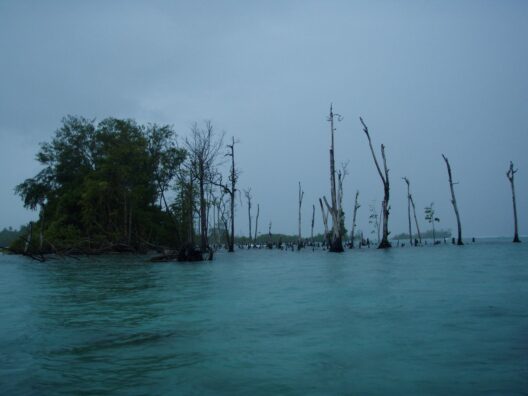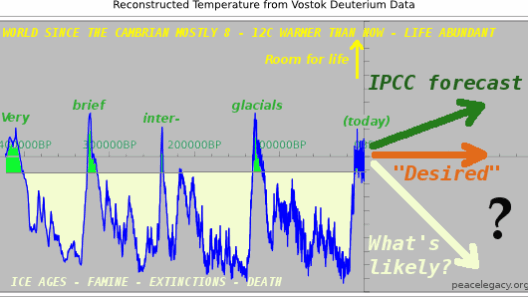Australia, the sunburned country, has become synonymous with ferocious wildfires known as the Australian bushfires. The term “inferno” aptly captures the scale and intensity of these blazes, which not only devastate vast tracts of land but also wreak havoc on the intricate web of ecosystems. With increasing frequency and severity, the question arises: is global warming to blame for the fires down under?
The nexus between rising global temperatures and the extent of wildfires is a subject of rigorous academic inquiry. In exploring this connection, several critical aspects merit examination, including climatic patterns, human actions, ecological impact, and the broader implications for biodiversity and communities.
Firstly, climatic patterns across Australia have undergone a dramatic transformation. Meteorological data indicate a significant uptick in both temperature and the frequency of extreme weather events, such as heatwaves and drought. These phenomena create the ideal conditions for wildfires to ignite and spread. The combination of parched landscapes and blistering heat merges to produce conditions that are ripe for combustion. This leads to the assertion that global warming is a catalyst for an increasingly volatile climate, wherein typical Australian summer conditions become anomalously severe.
Moreover, anthropogenic contributions cannot be overlooked. Land-use changes, including extensive deforestation and urban expansion, exacerbate the situation. The clearing of forests, which serve as natural carbon sinks, not only releases stored carbon dioxide but also reduces the resilience of local ecosystems to fire. The alteration of the natural landscape leads to a feedback loop that elevates fire risks while simultaneously stifling recovery efforts post-blaze. This entanglement of human activity and climatic change emphasizes the urgent need for sustainable practices.
The ecological ramifications of the bushfires are profound and multifaceted. Australian fauna, renowned for its distinctiveness, faces unprecedented threats. Iconic species like the koala and various marsupials find their habitats obliterated by fires, thereby risking extinction. The biodiversity loss is compounded as entire ecosystems undergo irrevocable changes. The flora, once resilient to occasional fires, struggles to adapt to the heightened frequency of these infernos. Some species may never recover, leading to a permanent alteration of the ecological landscape.
In addition to the immediate threat to wildlife, the fires engender long-term environmental consequences. Soil degradation is a critical concern; the nutrient-rich topsoil is at risk of being stripped away by raging flames. The loss of soil integrity not only hampers agricultural productivity but also affects water quality in adjacent rivers and streams, contributing to detrimental runoff effects. Thus, a cycle of degradation emerges, wherein ecological and economic health declines simultaneously.
The social implications of the Australian inferno are equally alarming. Communities situated in fire-prone zones find themselves in a constant state of unease, grappling with evacuation protocols and the unpredictable nature of fire seasons. The mental and emotional toll on residents, compounded by the destruction of homes and livelihoods, cannot be understated. Rebuilding efforts are costly and time-consuming, placing increased strain on local and national resources. The pattern of displacement further exacerbates existing inequalities, as marginalized communities often lack the necessary support to recover and mitigate future risks.
The intersection of global warming and fire intensity raises essential questions about our societal priorities and strategies for adaptation and mitigation. Policy responses must reflect an understanding of the intricate dynamics at play. Enacting stricter land-use regulations, promoting reforestation efforts, and investing in fire-resistant infrastructure can serve as effective measures to curb potential devastation. Moreover, public education campaigns emphasizing fire safety and preparedness can empower communities to respond effectively to prevailing threats.
On a global scale, Australia’s bushfires symbolize a microcosm of the omnipresent threat posed by climate change. As other regions around the world face their own infernos—be it the wildfires of California or those in the Amazon rainforest—the need for international dialogue and cooperation intensifies. Climate change knows no borders; thus, a concerted effort is vital to address the underlying causes of global warming comprehensively. International agreements aimed at reducing greenhouse gas emissions must take precedence, as the cascading effects of climate change will only intensify if left unchecked.
Lastly, the specific question of whether global warming is directly to blame for the fires down under is complex and multifaceted. While scientists attribute the growing frequency of extreme heat and prolonged droughts to climate change, it remains imperative to acknowledge that wildfires are not a novel phenomenon in Australia. Indigenous practices, such as cultural burning, have historically contributed to land management, suggesting that knowledge systems and practices central to environmental stewardship merit greater recognition and incorporation into contemporary policies.
In conclusion, the Australian inferno underscores a pressing reality: fires are not mere natural disasters but indicators of deeper, systemic issues rooted in climate change and human actions. A multi-faceted approach that addresses the interplay between climate, ecology, and society is imperative. The urgency to act in mitigating global warming resonates far beyond the Australian landscape, as every action taken to combat climate change reverberates globally. By re-evaluating our relationship with the environment and embracing sustainable practices, we can forge a path toward resilience and adaptability in the face of an uncertain future.






